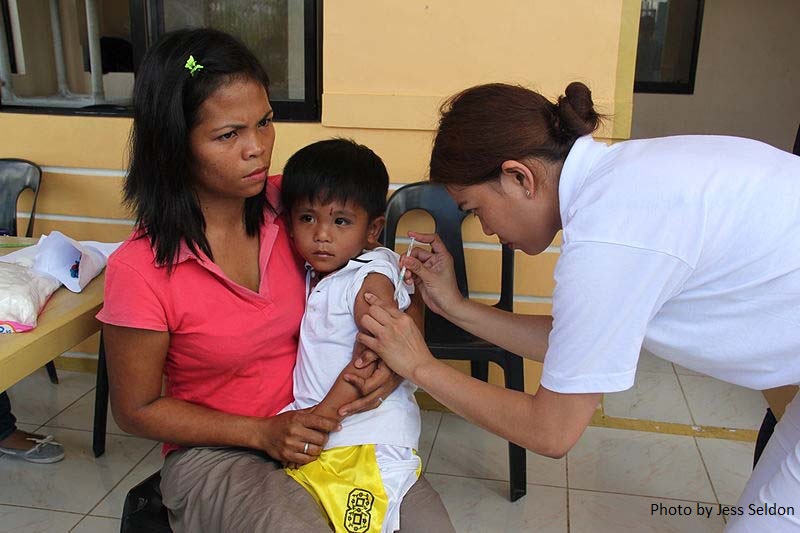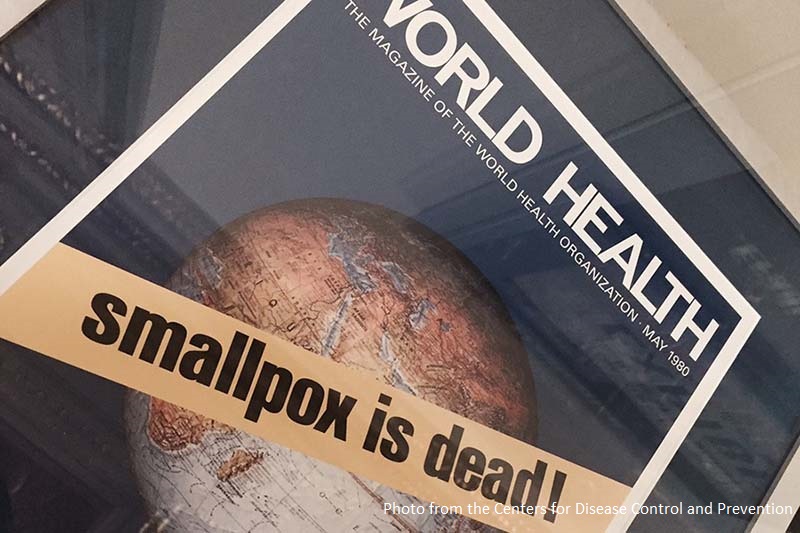Blog
Top 5 Diseases Now Fading from Existence
Humans have been battling diseases since the dawn of time, losing millions of lives along the way. Now armed with modern science and technology, we’re now more capable than ever to fight back and globally rid of these killers once and for all.
5. Malaria
As one of the most common mosquito-borne diseases in the world, research on the cure for malaria remains to be an international priority. By 2015, malaria had cost 2.9 billion dollars worldwide. WHO made the first historic campaign to defeat malaria at a global scale in 1955. The program was later abandoned 15 years later due to lack of effectiveness.
Numerous attempts have been made since. The resurgence of research have considerably lessened the malaria-related casualties by more than 50% from 2000’s 839,700 to 2015’s 438,000. The complete eradication of malaria is still hindered by both the emergence of insecticide-resistant mosquitoes and the medication-resistance of the virus.

4. Measles
First described in 910 AD in The Book of Smallpox and Measles by Persian physician Rhazes, the eradication of measles has been eluding scientists for centuries. This highly contagious disease has gained a notorious reputation for endangering children’s lives. Approximately 7 to 8 million children died every year before a vaccine was introduced.
It’s due to the widespread use of vaccine that kept this disease at bay. Measles-related deaths worldwide has dropped in number by 75% since 2000. For most affluent countries, measles is a thing of the past while in certain parts of Asia and Africa, the virus is still relatively common. For this, the WHO intends to execute their plans to completely rid of the disease by 2020.

3. Polio
The struggle against poliomyelitis has been one of the top beneficiaries of modern day vaccination. Polio remains to generally be incurable. It has the capacity to damage its victim’s nervous system and ultimately result in paralysis.
Polio incidences around the world have plummeted in the past 30 years. 2016 saw only 37 cases, about 99% of the 350,000 cases from 1988. This may be largely due to the fact that 80% of the world’s children are now immunized against the disease.

2. Guinea Worm
While not as famous as the other diseases in this list, Guinea worm has made a name for itself as being extremely painful to its host, especially for children. The worm is transmitted through the intake of dirty water and can damage the muscles and tissues around the knee or inside the foot.
Since it is caused by just a single parasite, containing and eradicating the disease has been successful through the years. One of its main eradicator, The Carter Center, only 25 cases remain globally. This is a staggering drop from 1986’s estimation of 3.5 million cases.

1. Smallpox
Smallpox had set the bar for disease eradication since its extinction in 1980. Despite being an age-old illness with the Pharaoh Ramses V as its oldest recorded victim, the WHO was successful in erasing smallpox from existence.
Aside from the remarkable efforts of healthcare providers worldwide, smallpox’s disposition proved to be its own downfall. Its incubation period is notably short, giving way for early detection and response. As of this day, smallpox remains to be the only disease to be completely wiped out through vaccination.

Source:
https://today.mims.com/topic/diseases-on-path-of-eradication?country=philippines
http://www.businessinsider.com/diseases-that-are-almost-eradicated-2015-5/#lio-3 http://www.jacionline.org/article/S0091-6749(07)03604-4/fulltext
http://onlinelibrary.wiley.com/doi/10.1002/path.4457/full
https://www.cartercenter.org/health/guinea_worm/index.html
http://www.who.int/mediacentre/factsheets/fs114/en/
Featured Photo from T.S. Satyan for the World Health Organization








